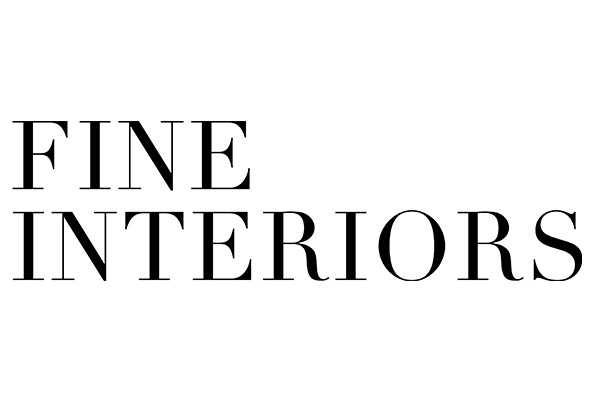

In the 17th-18th centuries, Western fascination with exotic art grew through trade with China. Explore Chinoiserie's captivating journey, blending Western sensibilities and Chinese aesthetics in decorative arts which feature in our upcoming Fine Interiors sale.
24 August 2023
VIEW AUCTION REQUEST A VALUATION CONTACT A SPECIALIST
During the 17th and 18th centuries, to placate the appetite for the far-flung corners of the globe, a deep and hungry fascination developed for a diverse range of exotic art, works of art and artefacts that were imported through newly established trade routes. China was no exception to the Western fascination. As although trade between the two countries had increased over the 17th and 18th centuries, access to China was still limited and there were few first-hand experiences of the country. The preconceived mystery and allure of China borne an immense demand for East Asian goods, particularly that of the decorative arts.
A George II scarlet and gilt-japanned longcase clock (£1,000-2,000)
Chinoiserie, can be defined as the style of decoration that resulted from the combination of Western tastes and Chinese design. Objects featured fantastical landscapes with beautiful pavilions, pagodas, mythical beasts, fanciful birds, and figures in Chinese clothes.
An export reverse glass picture (£300-500)
The awareness of Chinoiserie furniture during this period was exemplified by various publications such as Thomas Chippendale’s The Gentleman and Cabinet-Maker’s Director (1754). A subscription pattern book that that contained 161 engravings of a wide range of domestic furniture in the ‘Gothic, Chinese and Modern Taste’ (rococo) as well as plainer, more practical pieces. The true prominence of chinoiserie design became apparent when King Louis XIV of France built the Trianon de Porcelaine for his mistress Madame de Montespan, on the grounds of the Palace of Versailles in 1671, where blue and white faience tiles with a Chinoiserie pattern were used to adorn the exterior.
A red-lacquered low table (£200-300)
However, by the 19th century, the interest in Chinoiserie decreased significantly due to the First Opium War of 1839-42 between Britain and China. As a result of the war, China soon closed its doors to trade.
An export reverse glass painting (£300-500)
Our next Fine Interiors sale features many items of this category and will be available to view in our Stansted saleroom from the 1st September.

fineinteriors@sworder.co.uk | 01279 817778
With principles of locally sourced materials and clean lines resonating as strongly as when Pierre Jeanneret’s furniture was initially produced in the mid-20th century, there has been a recent fervour for this furniture on the art market.
20 December 2024
Our next Design sale offers a Chanel bottle with a romantic backstory and a life filled with memories. From its first creation in 1921, the evolution of the iconic Chanel bottle design has maintained a timeless appearance and is synonymous with romanticism.
20 December 2024
Join us as we recap some of the most notable highlights from our 2024 sales and celebrate another successful year.
19 December 2024